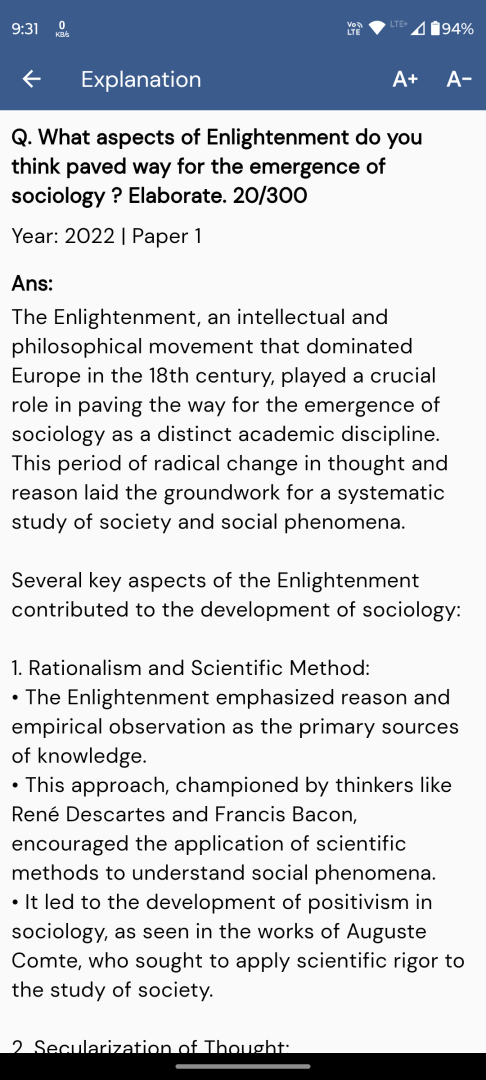Q. Give an account of the recent trends of marriage in the Indian context. How are these different from traditional practices?
UPSC Sociology 2025 Paper 1
Model Answer:
Marriage in India, a pivotal social institution, is undergoing significant transformation due to modernization, urbanization, and globalization. While traditional elements persist, emerging trends are reshaping its form and meaning.
Recent Trends in Indian Marriage
Contemporary patterns reflect rising individualism and economic independence:
• Evolving partner selection: The shift from parent-arranged marriages to ‘love-cum-arranged’ unions represents what Patricia Uberoi calls “hybrid modernities.” Technology through matrimonial websites and dating apps has expanded partner pools while maintaining family involvement.
• Rising marriage age: Average age has increased to 22.8 years for women and 26.2 for men (NFHS-5), linked to educational pursuits and career aspirations.
• Changing marital purpose: Marriage is transitioning from sacred duty to pursuit of what Anthony Giddens terms “confluent love”—relationships based on emotional fulfillment and companionship rather than institutional obligation.
• Erosion of endogamy: While caste endogamy persists, inter-caste and inter-religious marriages are gradually increasing, especially in urban centers, challenging traditional boundaries.
• Alternative unions: Live-in relationships gain visibility in metropolitan areas, while discourse around same-sex marriage indicates shifting societal norms.
Departure from Traditional Practices
These trends contrast sharply with conventional patterns:
Traditional marriage, as G.S. Ghurye documented, represented alliances between families rather than individuals. It was viewed as a sacrament—an indissoluble sacred bond—whereas today’s perception increasingly resembles a social contract, evidenced by rising divorce rates (doubled since 2000).
The rigid caste endogamy that M.N. Srinivas linked to sanskritization is weakening. Traditional patriarchal structures with hierarchical gender roles are contested by aspirations for egalitarian companionate relationships, driven by women’s economic independence and rights awareness.
Conclusion:
India’s marriage institution exemplifies what Yogendra Singh calls “modernization without westernization”—selectively adopting new practices while retaining cultural elements. This transformation remains uneven across class and regional lines, creating a complex matrimonial landscape balancing tradition with modernity.





